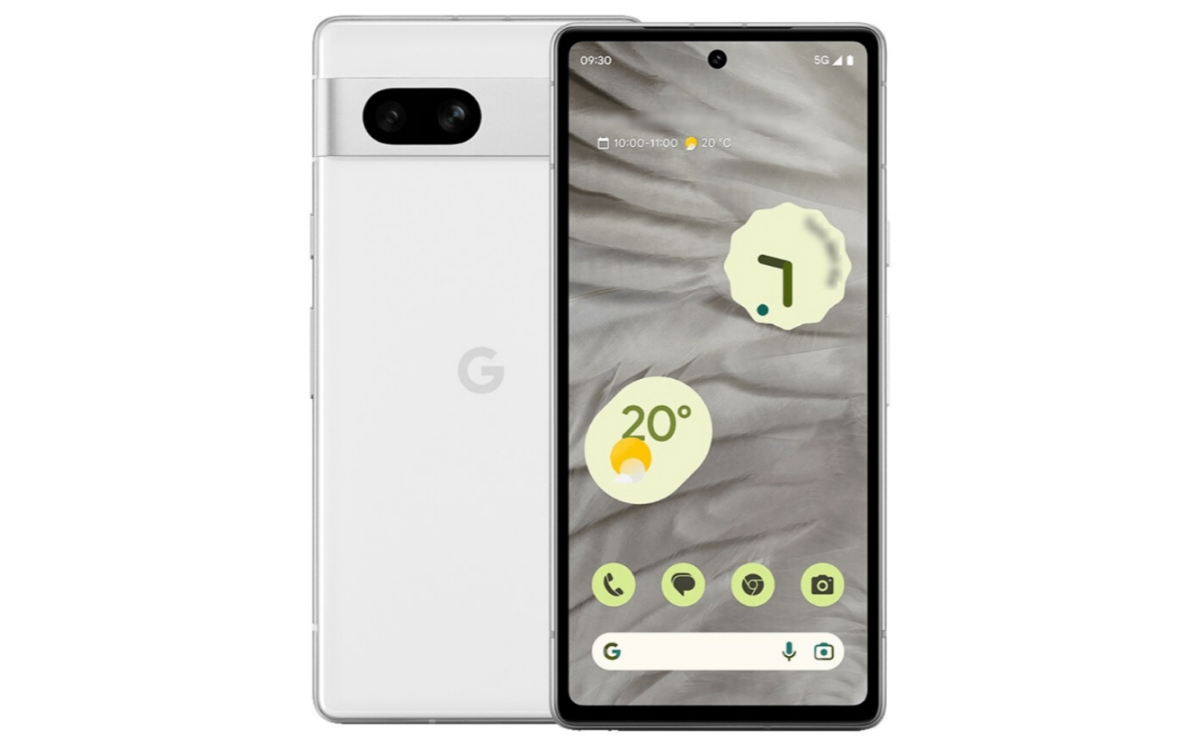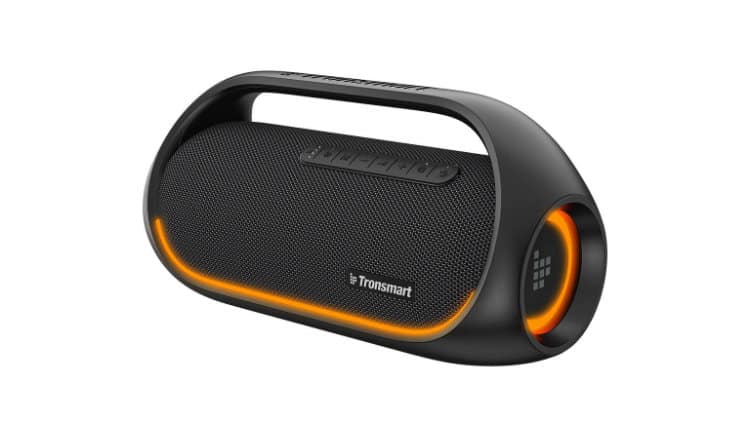Google will use the Artificial Intelligence of Pixels to fight against canvassing
Google is tweaking the new Call Screen feature. It is still in the test phase, but should soon be deployed on the most recent Pixels.
Google has been working for several weeks on a Call Screen related functionality. It initially only concerns users of Pixel 6 smartphones or more recent devices in the range. some of our users in the US on Pixel 6 and newer devices. Not only will the new call screen change its interface, but it will also draw take full advantage of the artificial intelligence capabilities of the Tensor chip which equips the Pixels.
To read – Pixel 8 and 8 Pro: their price should increase, but they may have a surprise in store for us
Google’s Community Manager details how this new tool works on the company’s forum: “In the coming months, we will be deploying a beta version of Call Screen for certain users in the United States […] When they receive a call, they will notice a series of more natural voice prompts which will allow them to determine who is calling and why”.
Pixels will use AI to fight advertising harassment
Beyond improving the ergonomics of the OS, the avowed objective is to eradicate unwanted calls, which, in the words of the company, “will save you time and peace of mind”. The feature called Call Screen is one of the specifics of Pixel smartphones. In addition to personalizing your call experience, it proposes to identify your correspondent even before picking up. Google isn’t the only smartphone maker to want to minimize the annoyance caused by cold calling.
To read – Pixel 8: on paper, Google’s Tensor G3 will not match the Snapdragon 8 Gen 3
Apple, the great enemy, has opted for a little different technology, based on Siri, which will answer calls for you and help you during your conversations. It will thus be possible to give orders to the intelligent home personal assistant during your conversations. However, it would seem that the technology of the Cupertino company is a little less advanced. If the company was granted the patent, there is no indication that she is actually testing it on iOS.


